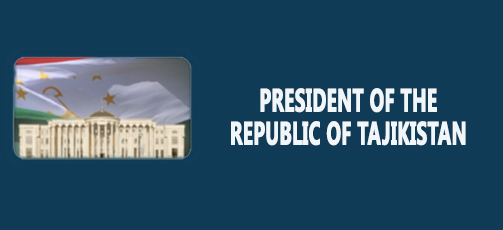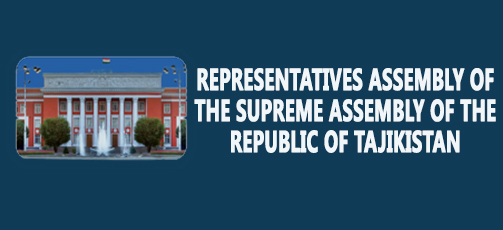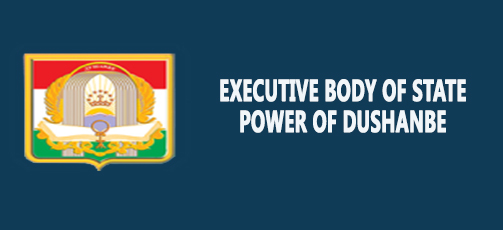Tajikistan Joins the Unified Global Glacier Monitoring System
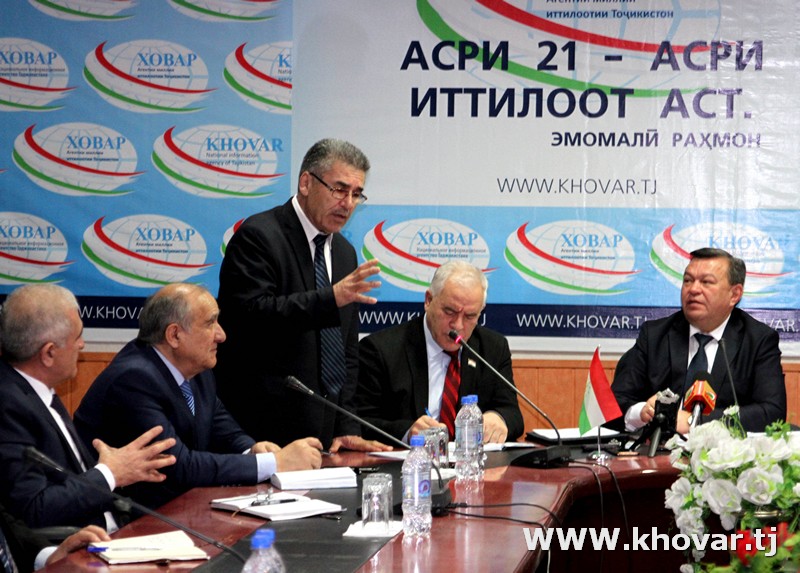
DUSHANBE, 12.02.2020. (NIAT Khovar) – Tajikistan has a long history of studying the state of its glaciers. Continuing on thia path 12 expeditions took place to studying glaciers in 2019.
This year, Tajik scientists have planned 10 expeditions to the country’s glaciers, including Fedchenko Glacier, according to the Director of the Glacier Research Center of the Tajik Academy of Sciences Abdulhamid Kayumov.
All over the world, the most expensive are research in areas such as space, nuclear energy and glaciers.
For example, an hour long flight to the Fedchenko Glacier costs from $4,000 to $5,000. The path to the glacier itself is 3.5 hours, excluding the time for flying around. A study of one glacier takes anywhere from four to five years.
Glaciers are melting. It is a natural process, but the problem is their renewability, the likelihood of which seems to be absent on many glaciers due to climate change.
“If the international community does not take concrete measures in the coming years to preserve the glaciers, irreversible consequences may occur,” says Kayumov.
In order to expand international cooperation, last year Tajikistan joined the Unified Global Glacier Monitoring System, which facilitate in studying them more thoroughly.
It is impossible to name the exact number of glaciers in Tajikistan today, as their study and calculations are ongoing.
According to the Catalog of Glaciers of 1950-1980, their number was 8492. As soon as glaciers are counted and their condition determined, the Glacier Research Center, which has been operating for over a year, will publish 12 volumes of the catalog of glaciers in Tajikistan.
Regarding the glaciers state, Kayumov noted that today there is no single trend of melting glaciers in Tajikistan. In some places this process is occuring intensively, and in some it is suspended. Thanks to center’s new technologies, it was possible to identify the formation of new glaciers.
“It was revealed that the former glaciers had fractured and split into several others. Not the number of glaciers, but their volume is important, since they are of value as a source of water. In the northern expositions, glaciers are preserved and even new ones are formed, in the south there is a strong degradation of glaciers. Glaciers in the Eastern Pamir melt little and are in a static state. In the upper reaches of the Kofarnihon and Varzob rivers, there is a strong degradation,” Kayumov notes.
Today, the Glacier Research Center has six powerful computers and drones, as well as other necessary equiptment for remote sensing. This is a good achievement, but additional technologies are needed to expand their study.
The current state of glaciers requires taking measures in collaboration with international and regional structures, including in the direction of organizing expeditions to study them. President Emomali Rahmon has been noting this repeatedly in his speeches, including during international meetings.










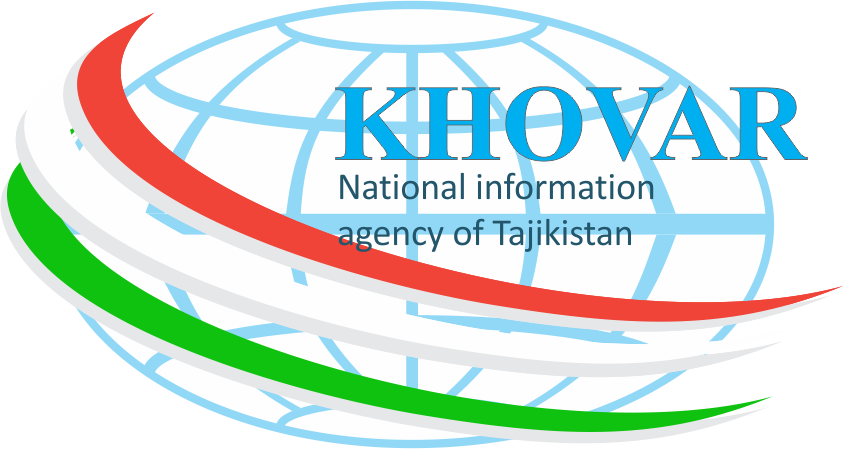
 Khovar, Saudi Press Agency sign MoU on cooperation in information exchange
Khovar, Saudi Press Agency sign MoU on cooperation in information exchange Tajikistan Delegation Participates in “Silk Road Youth Symphony and Gathering in China for Peace” Program
Tajikistan Delegation Participates in “Silk Road Youth Symphony and Gathering in China for Peace” Program Joint Tajikistan-China Laboratory for Biodiversity Conservation and Sustainable Use Launched
Joint Tajikistan-China Laboratory for Biodiversity Conservation and Sustainable Use Launched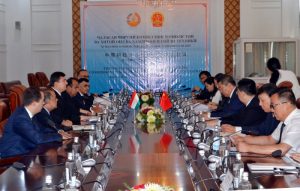 Tajikistan and China Hold Fourth Scientific and Technical Cooperation Meeting
Tajikistan and China Hold Fourth Scientific and Technical Cooperation Meeting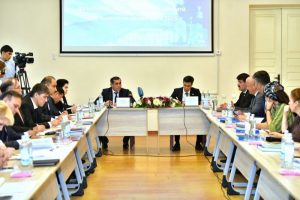 Tajikistan’s Civil Service Agency Developing Human Resource Management Information System
Tajikistan’s Civil Service Agency Developing Human Resource Management Information System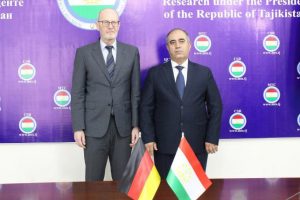 Tajikistan and Germany Expand Scientific and Analytical Cooperation
Tajikistan and Germany Expand Scientific and Analytical Cooperation Tajik Citizens to Study at Vocational Institutions in Germany
Tajik Citizens to Study at Vocational Institutions in Germany Tajikistan’s Justice Minister Participates in CIS Council of Justice Ministers Meeting in Minsk
Tajikistan’s Justice Minister Participates in CIS Council of Justice Ministers Meeting in Minsk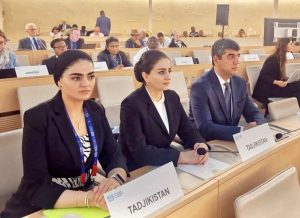 Tajikistan’s Minister of Labour, Migration and Employment Participates in International Labour Conference
Tajikistan’s Minister of Labour, Migration and Employment Participates in International Labour Conference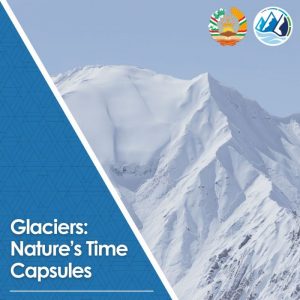 Women for Glaciers: Dushanbe to Host Climate Forum on Gender and Environmental Leadership
Women for Glaciers: Dushanbe to Host Climate Forum on Gender and Environmental Leadership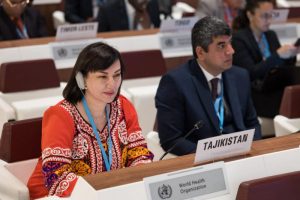 Tajikistan Discusses Healthcare Financing Reform at World Health Assembly in Geneva
Tajikistan Discusses Healthcare Financing Reform at World Health Assembly in Geneva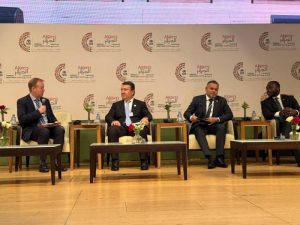 Tajikistan’s Healthcare Projects Presented at Islamic Development Bank Meeting
Tajikistan’s Healthcare Projects Presented at Islamic Development Bank Meeting









